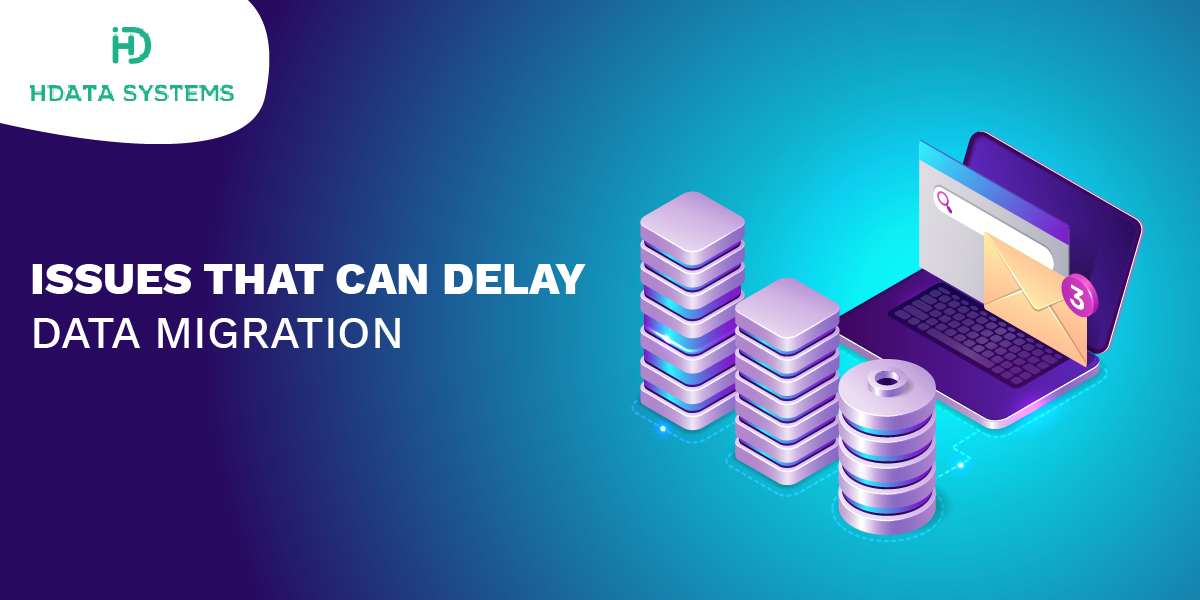Top Smart Banking Tools in 2024
- 110
- January 18, 2024

There are several steps an organization can take to successfully complete a data migration process. Undertake a migration impact assessment to assess data quality levels and the potential cost of project delays; defining the methodology to be used for migration, establishing a timeline, and reviewing each stage of the process are some of them.
But, in addition to these measures, it is necessary to know how to avoid some of the most frequent bottlenecks in data migration.
Each data migration process is different and, despite the fact that projects will vary depending on their scope, deadlines, type of information to be migrated, and other particular circumstances, there are three problems that can delay migration.
Among the bottlenecks that can arise in a data migration initiative are the following three:
Lack of planning for data preparation needs

Data migration is not equivalent to copying information, so moving data to the designated cloud storage type requires good preparation. The time allocated to it must be considered in the data migration plan and also in the budget. By ignoring this step, you lose the opportunity to filter out unnecessary data, such as backups, previous versions, or draft files, which are often in data sets but do not need to be part of the cloud workflow. The key is to find an automated means to select what data will be sent and then keep the necessary records without forgetting that different cloud workflows may require the data to be in a different format or organization than on-premises applications.
Failure to check data integrity
The validation of information is the most important step and also the easiest to carry out, but it should not be based on beliefs and opinions, but on proven facts. The problem is that corruption is often assumed to occur during data transport and can be avoided by checking before and after. However, in reality, it is the preparation and import of the data where the information is most likely to suffer loss or corruption.
Underestimating cloud scaling

Once the data reaches its destination in the cloud, the data migration process still has halfway to go. You should ensure that the data sent matches that which has arrived in this environment - a check that can complicate storage cache layers. After the transferred data has been verified, it may be necessary to extract, reformat, and distribute it so that it is ready for use by cloud-based applications and services.
Approaches to a possible journey to the cloud
As organizations adopt data analytics solutions and applications in the cloud, the complexity of their data management increases because the cloud is synonymous with multiple ecosystems and applications, and, for many, it has become a hybrid world.
To compete in this environment, organizations need an end-to-end hybrid data management platform that enables them to deliver business data quickly and securely in the cloud, hybrid, and on-premises environments. This can be accomplished based on different approaches:
• Simple hybrid integration. It is best suited for companies looking for a platform that helps them integrate all of their cloud-based SaaS applications with their existing local data to achieve a holistic view. In this case, an Integration Platform as a Service (iPaaS) solution would help meet the requirements to integrate data, applications, and processes in the hybrid, cloud, and on-premises environments. The simple hybrid paradigm works well when organizations are starting out with such an approach to integrate cloud applications and data sources.
• Advanced hybrid approach. As organizations evolve, the complexity around data management also changes, not only when it comes to data sources or data volume, but also in relation to new use cases. This requires a more mature platform to handle increasing complexity, an advanced form of hybrid integration. Businesses that want to see their needs covered along these lines should turn to next-generation iPaaS, which are unique, modular, metadata-based platforms that integrate big data, cloud, and on-premises systems, even supporting advanced integration use cases, such as the Internet of Things and other complex data management solutions for both business and IT users.
The new cloud, big data, and IoT technologies are exciting and hold great promise for the present and the future. But for all this technology to be helpful, we must use it, adjust our processes, and change the way we work. In this way, we manage to master the complexity and enjoy the advantages.
Migration to the cloud is not so much a question of data, but of processes and, precisely this is the principle that must be kept in mind when considering any data migration project if you want to avoid the main bottlenecks and seek to ensure that the resulting cloud infrastructure matches the desired workflow.
Hyperlink InfoSystem is one of the leading software development companies based in India and has offices in USA, UK, UAE, France, and Canada. With 10+ years of experience in the industry, Hyperlink InfoSystem served more than 2,300 clients worldwide. The company has a team of 450+ highly skilled developers who works on any custom solutions using the latest technologies.